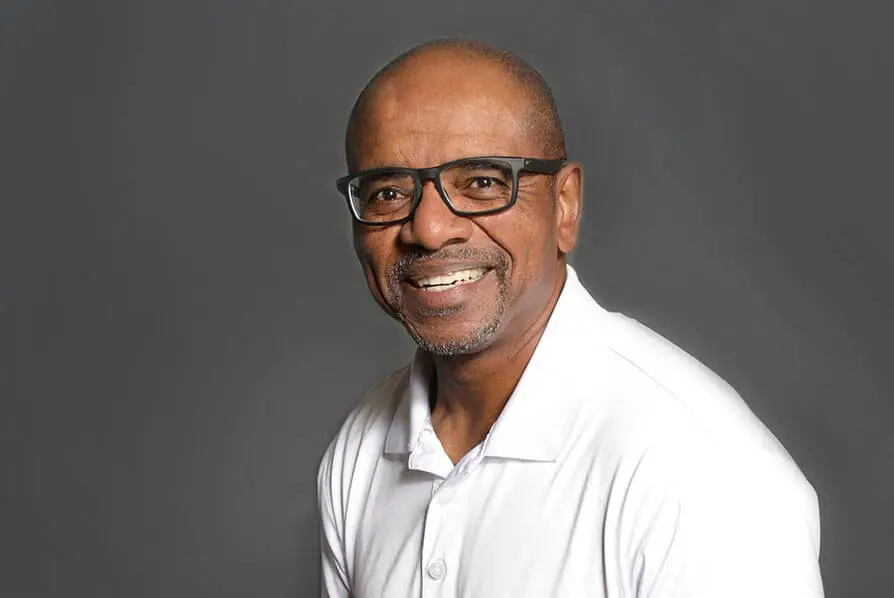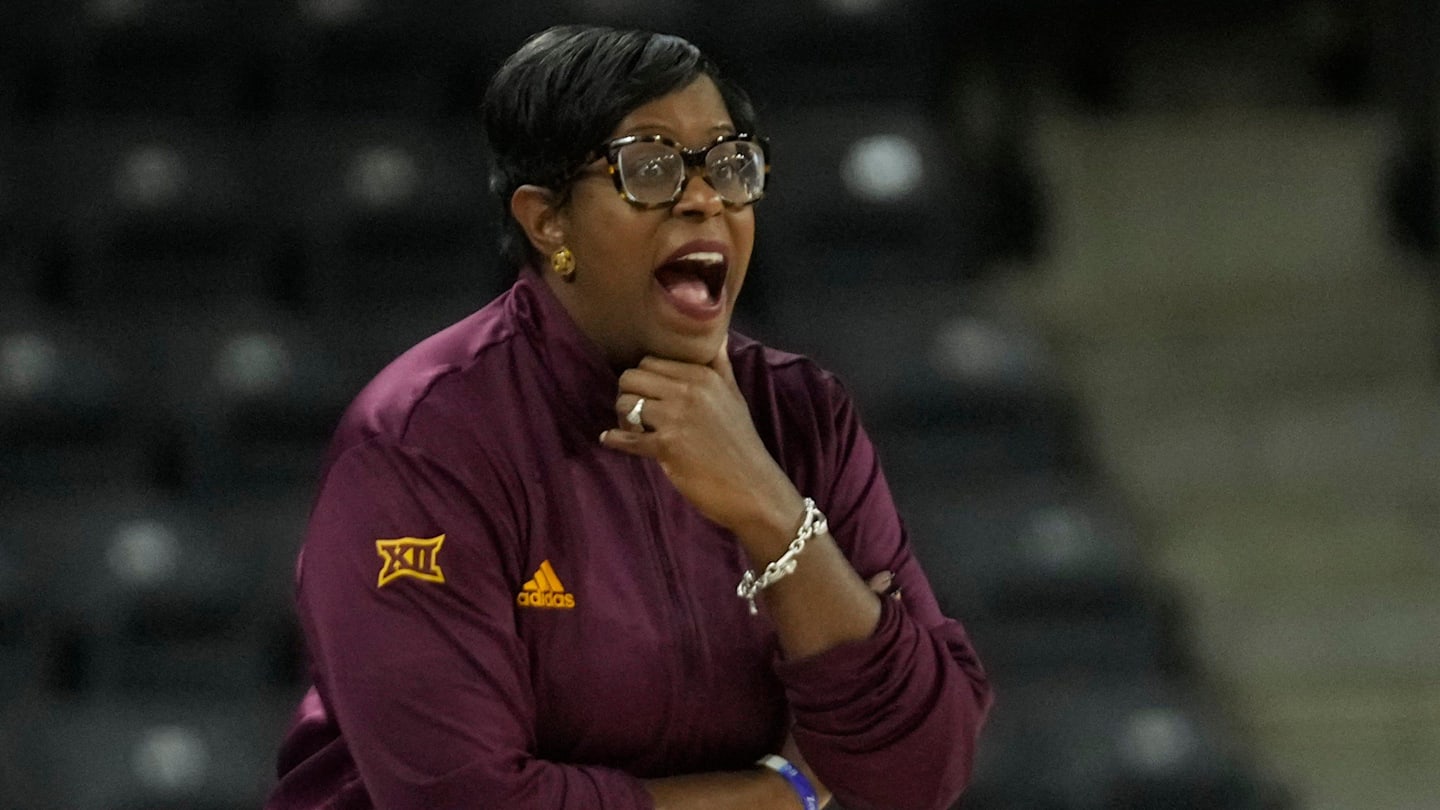A longtime executive with the American Council on Exercise (ACE), Bryant is helping lead the fitness-as-medicine movement
Many fitness executives talk a good game about the importance of physical activity and healthy living.
Cedric X. Bryant, PhD, FACSM, lives it.
Named president and CEO of the American Council on Exercise (ACE) last year, Bryant has held various leadership positions within the fitness education and certification provider since joining ACE in 2001. Before that, Bryant was an executive at StairMaster, and throughout his impressive academic career in the fields of physiology and exercise science, he’s authored more than 300 articles and co-authored or edited over 40 books
A fierce proponent of health equity and accessibility, Bryant sat down with Athletech News to discuss the link between exercise and chronic disease prevention, share how ACE is working to bring fitness and healthcare closer together, and give his thoughts on the rise of anti-obesity drugs like GLP-1s.
The following conversation has been lightly edited for clarity and length.
Athletech News: Can you tell us about your background in academia and the fitness industry, and what prompted you to join ACE back in 2001?
Cedric X. Bryant: My career has really been split into thirds. The first third was the traditional academic route where I got my PhD in physiology, and then I went the teaching and research route at Penn State, West Point and Arizona State. I focused much of my work on the role of exercise and chronic disease prevention and management, exploring how physical activity could impact conditions like obesity, diabetes and cardiovascular disease, and looking at how we could use evidence-based approaches to improve overall health outcomes. I’ve always fashioned myself as a person who effectively bridges the gap between science and practice, who is able to take scientific information and present it in a manner where it’s very digestible to the professionals who are on the ground impacting lives.
The middle third I spent working in the for-profit world, heading up R&D for StairMaster, the exercise equipment company. That was a neat experience because it helped expose me to a different side of the industry. During that time, I became associated with ACE, serving on their scientific advisory board at the time, which evolved into me joining the organization back in 2001 as VP of science and education. That evolved into president and chief science officer, and I’m now president and CEO. I’ve been with ACE for almost 24 years now.
ATN: How do you view ACE’s role within the fitness industry?
CB: At a very high level, I see ACE as educating health and fitness professionals so they’re uniquely positioned to advance equity in physical activity and fitness by advocating for more accessible and science-based approaches. Being physically active offers so many important health benefits – and life benefits in general. I believe all people deserve to have those experiences made readily available to them.
Because that’s such a large task, we’re big on collaboration and partnerships. No single entity can address the problems we’re trying to address as an industry in terms of physical inactivity and the associated issues with being obese and overweight. So we partner with our peer organizations, other health organizations, policymakers and communities to ensure that everyone, regardless of size, ability and background, has access to high-quality health and physical activity services.
ATN: What have your early priorities been since taking over as ACE’s CEO?
CB: A lot of my early priorities have been an extension of what we’ve been doing as an organization. One is to expand our educational offerings, because I’m a big believer that life is about learning and growing. We want to make sure we’re always offering relevant content and topics so we can help professionals develop and grow throughout their careers. We’re looking at things like the anti-obesity medications and the role that exercise and fitness play with regard to individuals who might be using those to manage their weight. We’re looking at the smart utilization of AI to allow individuals to be more operationally efficient. We’re also looking at mental health and well-being from an educational perspective, and how can the health and fitness professional play an appropriate role while staying within the bounds of scope of practice.
In terms of the industry at large, I’m trying to make sure we play a thought leader role in helping to bridge the gap between fitness and healthcare. We want to strengthen the role that ACE plays, as well as the industry at large, in integrating health solutions and ensuring that exercise professionals are in a position to become viable members of what I call the optimal healthcare team. We also want to play a role in the whole public health sector in terms of increasing our presence in policy discussions around things like obesity, physical activity and health promotion. As an example of that, we’ve served on the National Academies of Sciences, Engineering and Medicine’s Roundtable on Obesity Solutions since 2014.
ATN: What’s your take on the rise of anti-obesity drugs like GLP-1s? Will these medications be a positive or negative development for the fitness industry over the long term?
CB: I think GLP-1s and (other) anti-obesity medications are going to play a positive role in helping individuals who have been impacted by obesity for quite some time but haven’t had success with traditional methods.
However, I do think we need to be aware of and understand the fact that while those drugs can help people experience rapid weight loss, they’re not without some issues. It’s important that we as an industry understand what those are, and understand how we can play a role in helping to mitigate some of those issues, namely the impact of those medications on muscle mass, metabolism and exercise capacity. Even more importantly, a successful weight management intervention has to be sustainable. We know that unless individuals combine medications with the appropriate healthy lifestyle behavior changes, the results are likely not going to be sustainable. That’s where our industry can partner with healthcare to provide the appropriate supplemental exercise training.
ATN: So far, how would you assess the fitness industry’s collective response to the rise of GLP-1s?
CB: I’ll give you some positives and negatives. On the positive side, I’d say there’s a growing awareness, so more fitness professionals and organizations are recognizing the role of these anti-obesity meds in weight management. Because of that, there are new education efforts underway where some leading industry organizations are starting to offer training on how to support clients taking these medications. ACE has recently introduced continuing education courses along those lines. There are also some early positive signs of collaboration between fitness and medical professionals.
On the downside, I think there needs to be a better understanding of these GLP-1 medications in terms of what they do and their potential side effects. I’d argue that because they’re relatively new, many fitness professionals lack sufficient knowledge of how these medications impact muscle mass, metabolism and exercise capacity. It’s (also) important that we avoid stigmatizing the folks who are taking these medications, because some fitness spaces still carry weight bias, if we’re honest.
But overall, I’m encouraged that there’s enough positive traction and movement. Better connecting fitness with healthcare is something the industry has been trying to do for decades. This just might be the gateway into that.

ATN: What’s one thing you’d most like to see change in the fitness industry?
CB: I’d say it’s (more) true collaboration. In my humble opinion, it’d be wise for all of us to recognize that we share a common foe: physical inactivity and unhealthy lifestyle behaviors. It’s not each other, regardless of what our acronyms might be. We partner with our peer organizations like ACSM and we work with the Medical Fitness Association, the Academy of Nutrition and Dietetics and the National Council on Strength and Fitness, because we believe we can accomplish so many more meaningful things if we work together and look for those opportunities where we have a common interest and a common bond. It’s the old rising tide, if you will.














